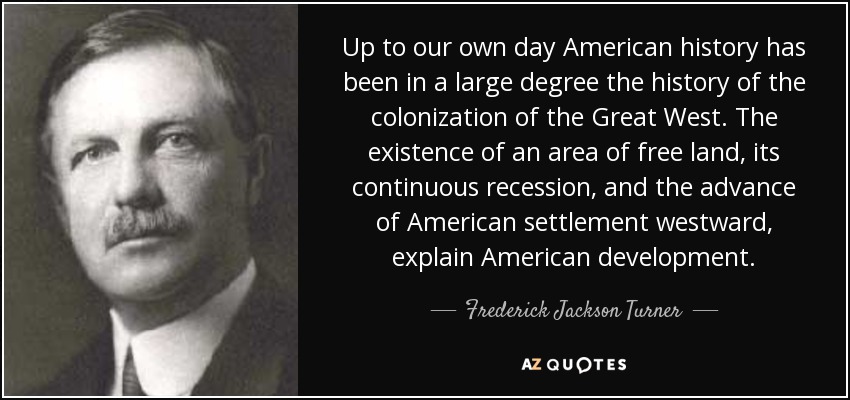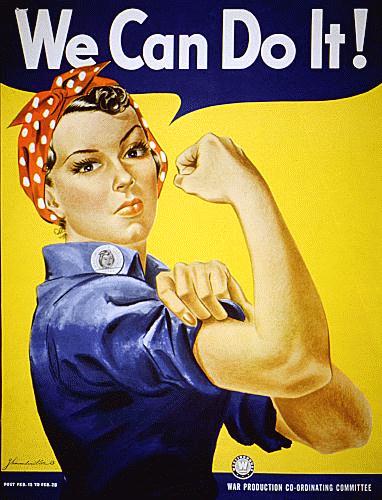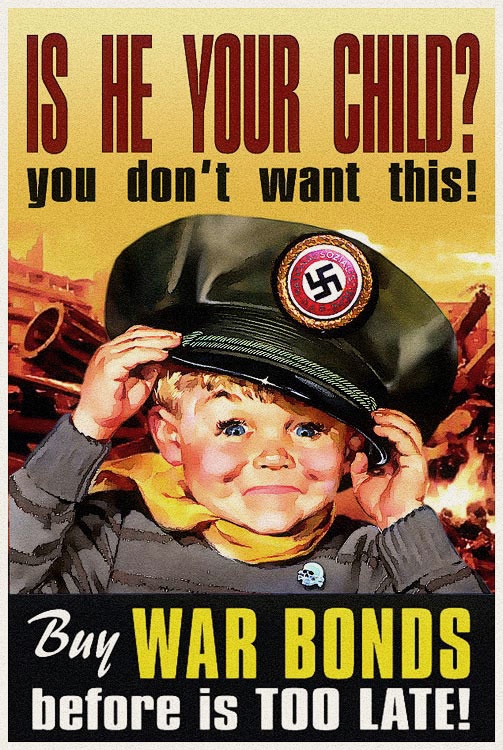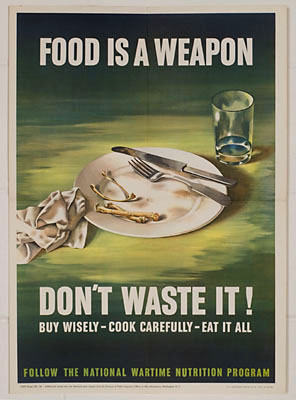We are finally at the 20th century, when America starts to look modern. This era is full of a great deal of important developments including the Progressive Era, Roaring 20's, The Great Depression and World Wars I and II. The United States is changed in a myriad of ways by these diverse developments and afterwards there is no going back to the nostalgia of the 19th century. The US becomes much more modern in economic ways (i.e consumerism and greater government involvement in the economy), social (i.e. women's equality, entertainment culture, urbanization) and politically (i.e. democratic/republican political reorganization, use of propaganda). Period VII makes up approximately 18% of the AP Exam and things happen fast and furious in Unit VII, so pay close attention. . . .
Unit VII Key Concepts
Key Concept 7.1: Growth expanded opportunity, while economic instability led to new efforts to reform US society and its economic system.
I. The United States continued to its transition from a rural, agricultural economy to an urban, industrial economy led by large companies.
A. New technologies and manufacturing techniques helped focus the US economy on the production of consumer goods, contributing to improved standards of living, greater personal mobility, and better communications systems.
Ford Factory system employed a revamped and efficient assembly line
1912 Ford Model T
B. By 1920, a majority of the US population lived in urban centers, which offered new economic opportunities for women, international migrants, and internal migrants.
C. Episodes of credit and market instability in the early 20th century, in particular the Great Depression, led to calls for a stronger financial regulatory system.
II. In the Progressive Era of the early 20th century, Progressives responded to political corruption, economic instability, and social concerns by calling for greater government action and other political and social measures.
A. Some Progressive Era journalists attacked what they saw as political corruption, social injustice, and economic inequality, while reformers, often from the middle and upper classes and including many women, worked to effect social changes in cities and among immigrant populations
Jane Addams -- founder of Hull House
Upton Sinclair -- author of the Jungle
Lewis Hine photograph of child labors in coal mine
B. On the national level, Progressives sought federal legislation that they believed would effectively regulate the economy, expand democracy, and generate moral reform. Progressive amendments to the Constitution dealt with issues such as prohibition and women's suffrage.
Carrie Nation was a member of the WCTU and firm advocate of prohibition
Susan B Anthony was a famous women's suffragette
Robert Lafollette was the creator the Wisconsin Plan (Referendum, recall, Initiative) which reduced the power of political machines
C. Preservationists and conservationists both supported the establishment of national parks while advocating different government responses to the overuse of natural resources
John Muir was a strict preservationist -- natural lands should be preserved untouched
Teddy Roosevelt was a strict believer in conservation -- managed resource usage
Both Muir and Roosevelt helped to found the NPS
D. Although the New Deal did not end the Depression, it left a legacy of reforms and regulatory agencies and fostered a long term political realignment in which many ethnic groups, African Americans and working class communities identified with the Democratic Party.
Key Concept 7.2 --Innovations in communications and technology contributed to the growth of mass culture, while significant changes occurred in internal and international migration patterns.
I. Popular culture grew in influence in US society, even as debates increased over the effects of culture on public values, morals, and American national identity.
#1 celebrity of the 1920's = Charles Lindbergh
A. New forms of mass media, such as radio and cinema, contributed to the spread of national culture as well as greater awareness of regional cultures.
1920's radio
Charlie Chaplin
Clara Bow
B. Migration gave rise to new forms of art and literature that expressed ethnic and regional identities, such as the Harlem Renaissance movement.
C. Official restrictions on freedom of speech grew during World War I, as increased anxiety about radicalism led to a Red Scare and attacks on labor activism and immigrant culture.
D. In the 1920's, cultural and political controversies emerged as Americans debated gender roles, modernism, science, religion, and issues related to race and immigration
II. Economic pressures, global events, and political developments caused sharp variations in the numbers, sources, and experiences of both international and internal migrants.
A. Immigration from Europe reached its peak in the years before World War I. During and after World War I, nativist campaigns against some ethnic groups led to the passage of quotas that restricted immigration, particularly from southern and eastern Europe, and increased barriers to Asian immigration.
B. The increased demand for war production and labor during World War I and World War II and the economic difficulties of the 1930's led many Americans to migrate to urban centers in search of economic opportunities.
C. In a Great Migration during and after World War I, African Americans escaping segregation, racial violence, and limited economic opportunity in the South moved to the North and West, where they found new opportunities but still encountered discrimination.
D. Migration to the United States from Mexico and elsewhere in the Western Hemisphere increased, in spite of contradictory government policies toward Mexican immigration.
Key Concept 7.3 --Participation in a series of global conflicts propelled the United States into a position of international power while renewing domestic debates over the nation's proper role in the world.
I. In the late 19th and early 20th centuries, new US territorial ambitions and acquisitions in the Western Hemisphere and the Pacific accompanied heightened public debates over Americas role in the world.
A. Imperialists cited economic opportunities, racial theories, competition with European empires, and the perception in the 1890's that the frontier was "closed" to argue that Americans were destined to expand their culture and institutions to peoples around the globe.
B. Anti-Imperialists cited principles of self-determination and invoked both racial theories and the tradition of US foreign policy isolationism to argue that the US should not extend its territory overseas.
C. The American victory in the Spanish-American War led to the US acquisition of island territories in the Caribbean and Pacific, an increase in involvement in Asia, and the suppression of a nationalist movement in the Phillippines.
II. World War I and it's aftermath intensified ongoing debates about the nation's role in the world and how best to achieve national security and pursue American interests.
A. After initial neutrality in World War I, the nation entered the conflict, departing from the US foreign policy tradition of non-involvement in European affairs, in response to Woodrow Wilson's call for the defense of humanitarian and democratic principles.
B. Although the American Expeditionary Forces played a relatively limited role in combat, the US's entry helped to tip the balance of the conflict in favor of the Allies.
C. Despite Wilson's deep involvement in postwar negotiations, the US Senate refused to ratify the Treaty of Versailles or join the League of Nations.
D. In the years following World War I, the United States pursued a unilateral foreign policy that used international investment, peace treaties, and select military intervention to promote a vision of international order, even while maintaining US isolationism.
Washington Naval Conference for Arms Limitation
E. In the 1930's, while many Americans were concerned about the rise of fascism and totalitarianism, most opposed taking military action against the aggression of Nazi Germany and Japan until after the Japanese attack on Pearl Harbor drew the United States into World War II.
III. US participation in World War II transformed American society, while the victory of the United States and its allies over the Axis powers vaulted the US into a position of global, political and military leadership.
A. Americans viewed the war as a fight for the survival of freedom and democracy against fascist and militarist ideologies. This perspective was later reinforced by revelations about Japanese war atrocities, Nazi concentration camps, and the Holocaust.
B. The mass mobilization of American society helped end the Great Depression, and the country's strong industrial base played a pivotal role in winning the war by equipping and provisioning allies and millions of US troops.
C. Mobilization and military service provided opportunities for women and minorities to improve their socioeconomic positions for the war's duration, while also leading to debates over racial segregation. Wartime experiences also generated challenges to civil liberties, such as the internment of Japanese Americans.
D. The United States and its allies achieved military victory through Allied cooperation, technological and scientific advances, the contribution of women and servicemen, and campaigns such as Pacific "island hopping" and the D-Day invasion. The use of atomic bombs hastened the end of the war and sparked debates about the morality of using atomic weapons.
Hiroshima before and after the dropping of the atomic bomb
Unit VII in Maps
Great Depression Population Shifts
Great Migration
US Overseas Expansion (Late 1800's and Early 1900's)
World War I iN Europe
Pearl Harbor December 7th 1941
World War II Axis vs Allied Nations
Japanese American Internment Camps During World War II
Videos and Links
The Following sites and materials are useful in reviewing the content of this unit
AP Notes -- American Pageant Textbook Summaries
Click HERE to link to the textbook summary page
Gilder Lehrman AP US History
The Gilder Lehrman site offers review videos, key concepts and an interactive timeline of the era. It also contains study guides and sample essays from key topics in the time period. Visit the Gilder Lehrman AP US History Unit VII website HERE














































































